Agnes Randolph and the Siege of Dunbar Castle
How a countess led the defence of her castle during the Scottish Wars of Independence
Hello, I’m Beth! I’m a full time creator based in the Cairngorms in love with Scotland and Scottish history. Subscribers receive weekly newsletters about Scotland’s history and folklore, and a little about my life living and adventuring in this country. If you’d like to support my work as a writer, you can become a paid subscriber.
Interested? Click subscribe…
In January 1338, William Montagu, Earl of Salisbury, laid siege to the coastal stronghold of Dunbar Castle. The castle’s strategic position made it a significant asset; seizing it would provide a key stronghold for English forces against the pro-Bruce allies in Scotland. However, Salisbury quickly encountered an obstacle to the success of his siege—Agnes Randolph, Countess of Dunbar.
The Story So Far
The siege of Dunbar took place during the second stage of the Scottish Wars of Independence. This infamous period of warfare was triggered by the political turmoil of a Scottish royal succession crisis with the sudden death of Alexander III in 1286, and then of his young heir, Margaret Maid of Norway, in 1290. Edward I of England was involved as a welcome mediator in the selection of a new King of Scots, but his intentions to render the kingdom as a subservient vassal of the English crown quickly became clear. His invasion of Scotland in 1296 to depose his selected king, John Balliol, instigated the beginning of over sixty years of warfare.
The first stage of the wars ended under the reign of Robert I (the Bruce) of Scotland with the Treaty of Edinburgh-Northampton in 1328, recognising Scotland’s sovereignty as a kingdom separate from England. Despite this, the second stage of the wars erupted in 1332 with the combined forces of Edward Balliol and Edward III of England laying claim to Scotland. A tentative resolution was only found in 1357 with David II of Scotland’s release from English captivity, but political tension and conflict between the two kingdoms would remain for centuries to come.
These tumultuous years affected all facets of society, but there is remarkably little appreciation for the heroines of the wars as well as the heroes. This is particularly stark when considering how regularly women became involved in this warfare, both as targets and as leaders. Generally, medieval noblewomen are misunderstood as inexperienced damsels in distress; the Scottish Wars of Independence challenge this.
The reality was that, in addition to running large households and managing vast estates, noblewomen were expected to lead in more extreme situations. It was not unusual to see women defending the properties and estates which they managed, particularly considering the frequent absences of husbands in fourteenth-century warfare. The dramatic siege of Dunbar Castle in 1338 is an iconic example of this, as it was famously defended by Agnes Randolph, Countess of Dunbar.
Agnes Randolph was the daughter of the legendary Thomas Randolph, Earl of Moray and one of Robert I’s closest confidantes. Thomas became such a respected and dependable figure in Scottish politics that when Robert died in 1329, he was entrusted as Regent for the young David II. As Thomas’ daughter, Agnes was the continuation of this great legacy.
She became Countess of Dunbar upon her marriage to Patrick, Earl of Dunbar, and thus held an esteemed position in Scottish aristocracy. The siege of Dunbar took place whilst Agnes’ husband was absent in an attempt by her attackers to take advantage of the earl’s absence. Nevertheless, Agnes was more than capable of taking up the defence of the castle against the English attackers led by William Montagu, Earl of Salisbury.
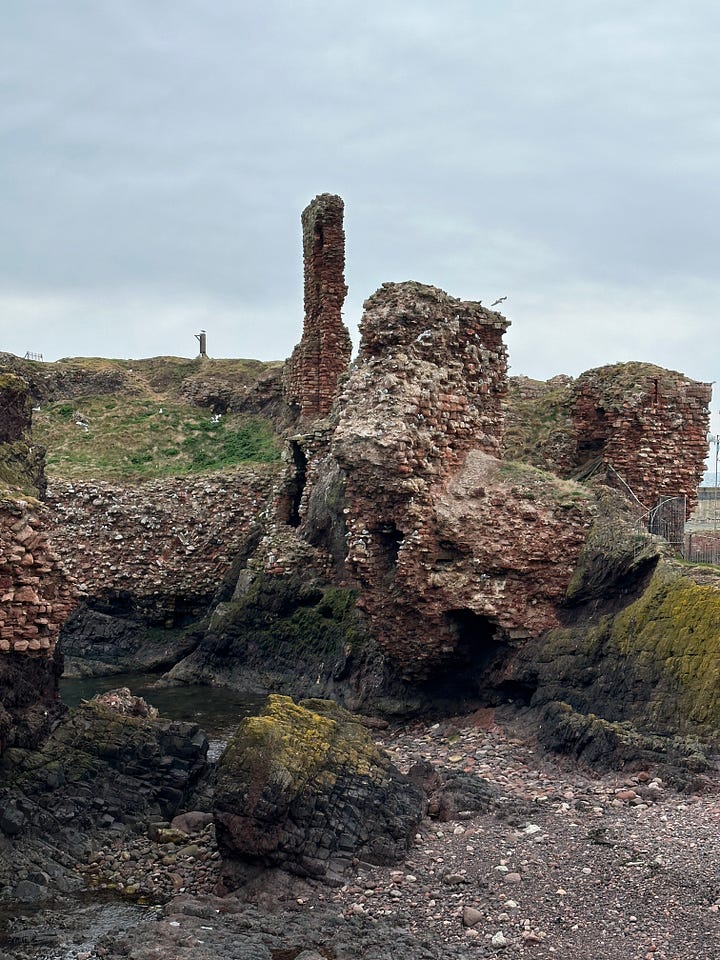
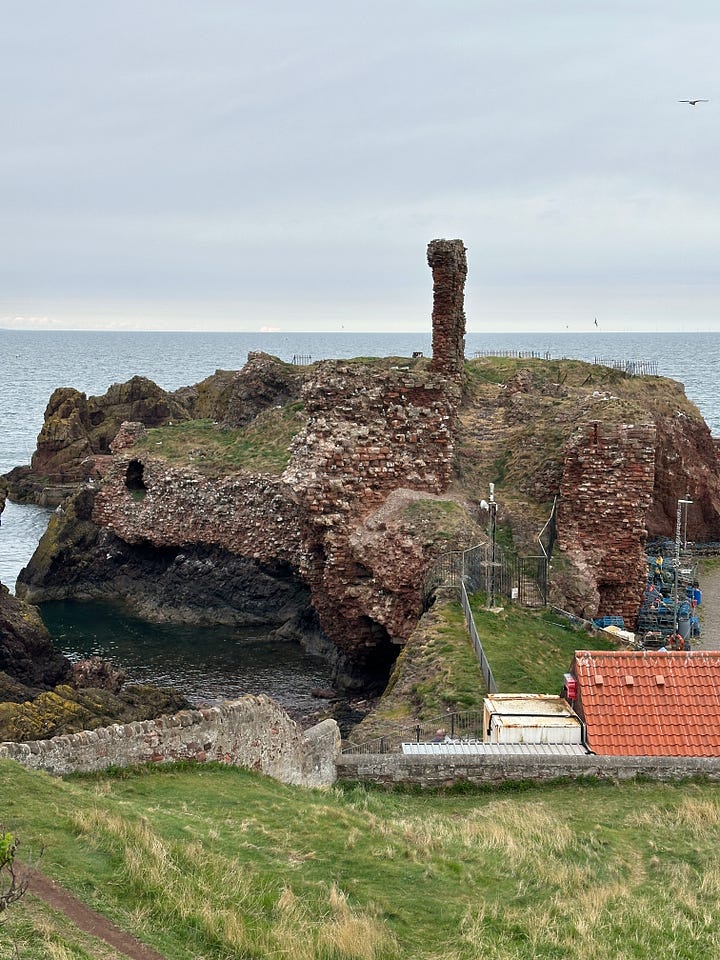
The Siege
There are a number of chronicle accounts of the siege, both English and Scottish, but the two primary renditions belong to Andrew of Wyntoun’s Orygynale Cronykil of Scotland and Walter Bower’s Scotichronicon. Both chronicles were written approximately 80 to 100 years after the events of the siege, meaning that (as with many medieval chronicles) we should be cautious about the accuracy of their content.
However, both Wyntoun and Bower accessed earlier written works which documented the Scottish Wars of Independence that are now lost to us, and would have also utilised oral histories passed down from that period. While we should be careful about fully relying on them as evidence, they are nonetheless essential forms of primary sources for understanding the lives of noblewomen of this warfare and this particular event.
Salisbury began a meticulously planned attack. His first method was to bombard the castle with catapulted rocks and other heavy objects to cause structural damage and drive fear into the waiting inhabitants. Both Bower and Wyntoun record that Agnes’ response was to dismiss Salisbury’s efforts by sending a pretty maidservant to dust off the castle ramparts with a handkerchief, an act which must have enraged Salisbury and his forces (hilariously iconic, in my opinion).
Following this, Bower notes that Salisbury “renewed the attack with vigour” through the use of a siege engine or battering ram known as a sow. Agnes allegedly “shouted in a strong voice: ‘Montagu, Montagu, beware, for your sow will farrow!’” before her defending garrison destroyed the siege engine by dropping heavy stones from the ramparts and “dashing the heads of many inside to pieces”.
While Wyntoun does not record this, he does claim that bickering broke out amongst Salisbury and his men following the maidservant’s dusting of the walls. While they argued about what to do next, arrow fire from Dunbar Castle directly struck a man close to Salisbury. Salisbury’s reply? “This is one of my lady’s pins; her love shafts go straight to my heart”.
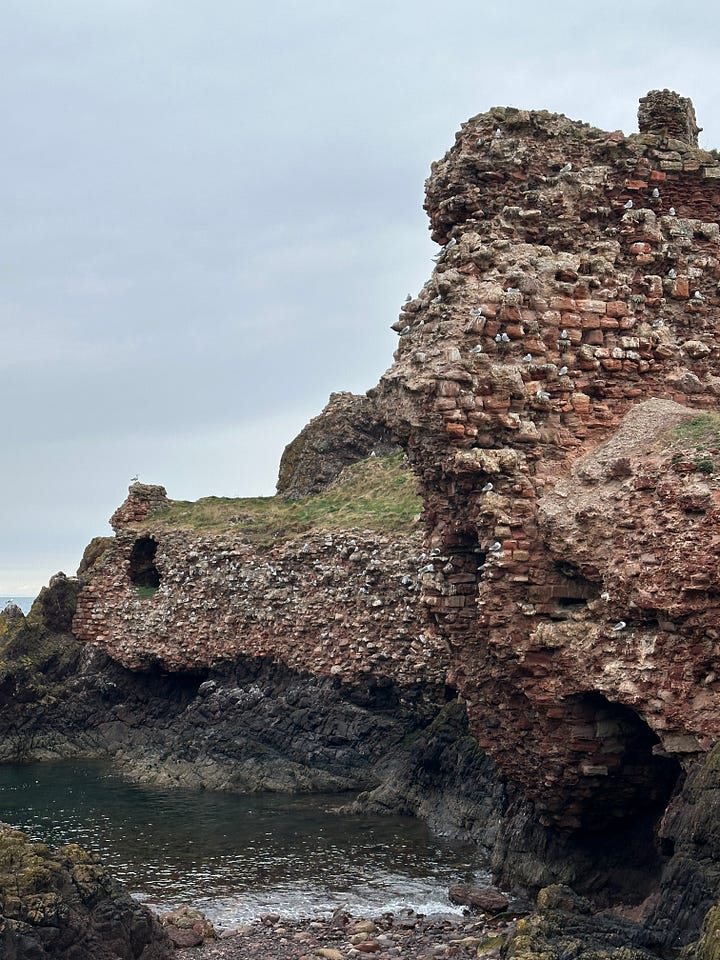
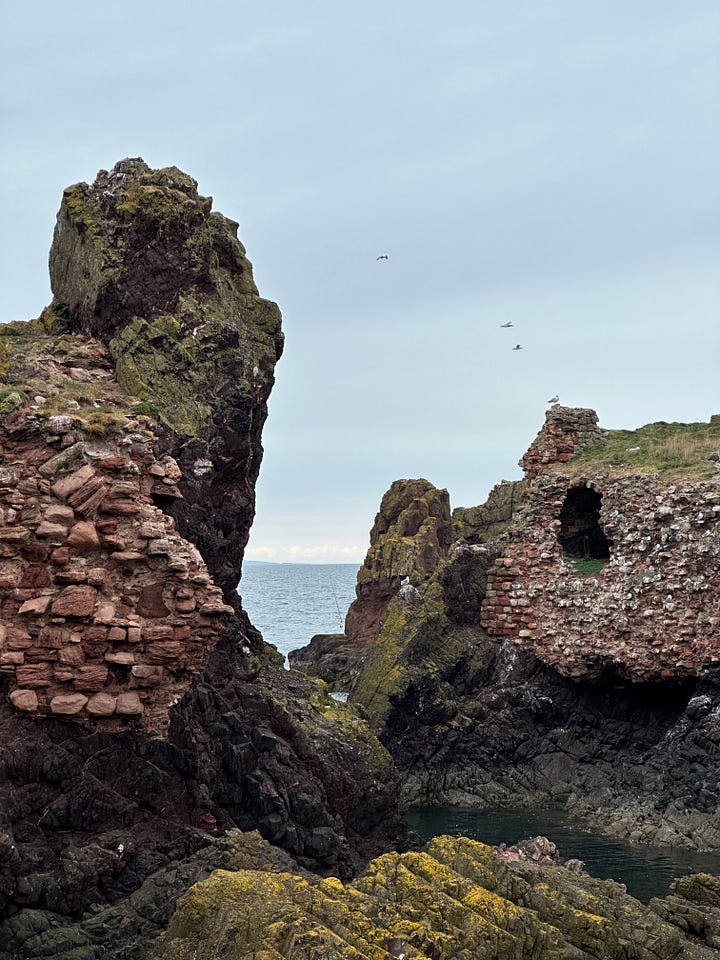
Salisbury’s next move was sly, and is recorded by both Wyntoun and Bower. He ordered for one of Agnes’ guards to be bribed into leaving the primary gates to the castle unlocked or damaged to such an extent that an English attack would break through easily. However, his plan was foiled by the guard’s loyalty to the countess, who accepted the money before promptly reporting the bribe to Agnes. When the English forces attacked, the portcullis was quickly lowered at the last minute in a failed attempt to trap Salisbury himself. Agnes allegedly mocked the attackers as they retreated with their tails between their legs, lamenting that Salisbury would not be able to join her in defending the castle.
Following this, Bower notes that the castle was running very short of supplies, an unsurprising detail in an account of a siege. Despite Agnes’ witty replies and confidence in overseeing Dunbar’s defence, the severed communication and supply line to the castle must have been a terribly difficult situation to experience and indeed to manage.
Incredibly, an outside force managed to break the siege and come to the assistance of the Dunbar garrison. Both Wyntoun and Bower record that Alexander Ramsay of Dalhousie, a key leader in pro-Bruce resistance, managed to sneak into the castle by sea with a small fighting force. Ramsay not only brought supplies, but bolstered Agnes’ military defence against Salisbury.
So far, Dunbar Castle had proved unassailable and Ramsay’s arrival had dashed any hopes that Salisbury might have had on the garrison running out of supplies. It would not be surprising if he turned to harsher methods. The Chronicle of Lanercost records that Salisbury presented Agnes’ captive brother—John Randolph, Earl of Moray—to the defending garrison, threatening that he would be hanged in front of his sister if she refused to surrender the castle. Agnes did not relent, instead arguing that John’s death would only mean that the earldom of Moray would become hers. A harsh decision, or calling Salisbury’s bluff?
Lanercost is the only account that we have of this. Written at Lanercost Priory in Cumbria, the content of this chronicle can often be interpreted as considerably bitter towards the Scots. This is understandable when we consider how badly damaged and targeted the priory was by the Scots during the Scottish Wars of Independence. The bias against the Scots by the authors of Lanercost means that it wouldn't necessarily be surprising to see this chronicle attempt to paint the Agnes in a cold and unfeeling light, with no care for her brother’s safety but only for her own ambitions for Moray.
However, the threat to John Randolph might have been confused with another similar event. At the siege of Berwick in 1333, Sir Alexander Seton and Lady Christian Cheyne managed the Berwick garrison against attacking English forces. Their son, who was an English hostage, was brought out to be hanged before his parents to pressure the couple to surrender. Christian urged her husband to resist the English threat, and their son was indeed executed before them. Agnes’ brother, John, went on to become a key ally of David II of Scotland until his death at the Battle of Neville’s Cross in 1346, indicating that no such threat to his life was made at Dunbar and that Lanercost confused the siege with another, or deliberately took the opportunity to criticise the countess.
By June 1338, after five long months of leading an expensive siege, Salisbury abandoned his cause at Dunbar. Scottish and English chroniclers alike record that Salisbury was summoned by Edward III of England for a military expedition to France, forcing him to retreat from Scotland and admit defeat. The timing of Edward III’s attention on France was advantageous to the Bruce Scots at this point in the war, but there can be no doubt that Agnes’ steadfast management of Dunbar’s defence bought precious time against Salisbury.
Her role in this earned her an iconic place in Scottish history and legend, with Wyntoun recording Salisbury’s farewell to his opponent: “That brawling, boisterous, Scottish wench; came I early, came I late, I found Agnes at the gate”.
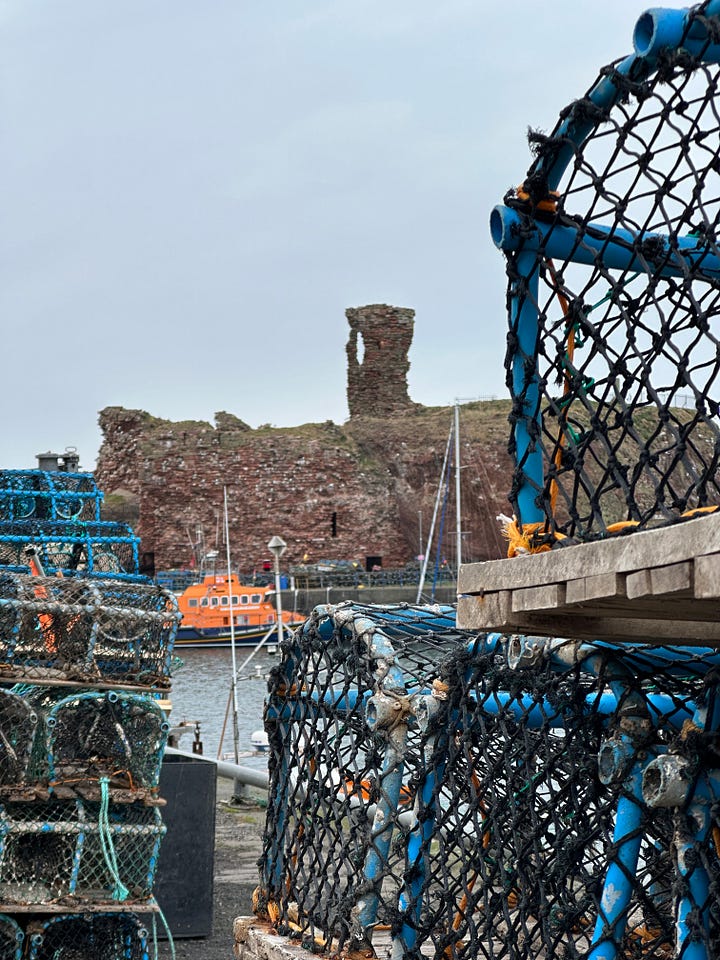

Shameless Plug
If you’d like to know more about Agnes Randolph and other women from this period in Scottish history, I’ve written a book about them! Women in the Scottish Wars of Independence will be published later this month, the result of three years of work in bringing the stories of these women to a wider audience.
You can preorder a copy through my publisher, Waterstones, or by asking your local independent bookshop to order a copy for you.
Thanks for joining me this week!
See you next time,
Beth xx
Fancy more Scottish history?

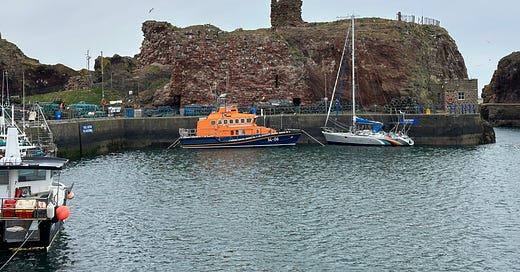



Love this - believe it or not this has just appeared in my inbox while I’m at the Black Agnes Festival in Dunbar this afternoon! I’ve just read some poetry here about Agnes & Dunbar’s patron saint St Bey. The festival is an amazing celebration of Agnes and local women, organised by the Black Agnes Society.
Dusting the ramparts is such an iconic move!